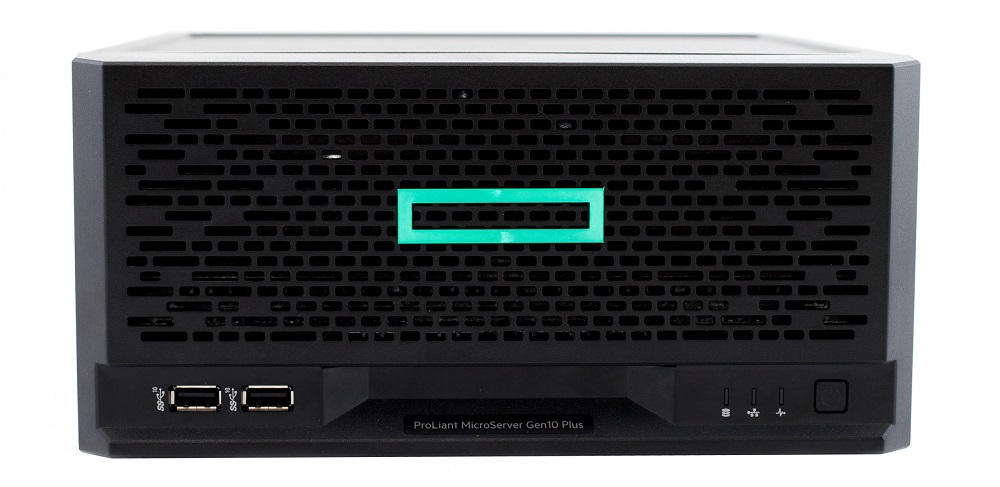HP Enterprises began manufacturing the ProLiant Server Gen 8 in 2012. Two years later, Gen 9 was released. In late 2017, the HPE ProLiant DL380 Gen10 Plus was released. There are significant differences between the Gen 8 and Gen 10 server generations. However, there has been five years’ worth of technological advancement. But which server generation is right for you?
We’ll be comparing the HPE ProLiant Gen 8 and Gen 9 Servers to highlight each generation’s additional capabilities and expandability.
HPE Proliant Gen10
The ProLiant HTML380 Gen10 server lineup is marketed as the server that can handle all your workload requirements. The newest Intel CPUs are a significant improvement over previous generations. They offer 71{e6c2bf870104405bd584357cfb6def4ead2b3386ae6df8048939edcc450bfe94} faster processing speeds and 27{e6c2bf870104405bd584357cfb6def4ead2b3386ae6df8048939edcc450bfe94} more cores. Another set of security upgrades to protect your server is the HPE Secure Compute Lifecycle.
These include protection, malware recovery, and detection. Intelligent System Tuning allows you to adapt performance based on current workloads to save energy and increase performance across all processors.
Let’s now discuss the additional advancements in HPE DL380 Gen10. This is for applications that use a lot of memory. 66{e6c2bf870104405bd584357cfb6def4ead2b3386ae6df8048939edcc450bfe94} more memory bandwidth will increase performance. The second is to enable faster business activities. Checkpoint operations must be 27x faster.
When designing Gen10 servers, the hybrid cloud was also considered. The new scalable CPUs from Intel are optimized for workloads that require hybrid cloud infrastructures or enterprise data centers.
HPE Proliant Gen9
Gen9 servers can be used by any business regardless of size or workload. Gen9 servers are three times more powerful than the previous generation. This can lead to a 62{e6c2bf870104405bd584357cfb6def4ead2b3386ae6df8048939edcc450bfe94} cost savings across the server.
The Gen9 can also provide up to 4x better performance in workload for business-critical applications. This improved performance is due to storage, memory, and networking advancements.
The HPE ProLiant Gen9 servers are also designed to expand. They offer more options than Gen8 and Gen10, with 26 CPU configurations, half the L3 cache of Gen8, and 18 cores. The installation of the CPU is easy.
RAID controllers are designed to increase businesses’ data availability, storage capacity, and performance. SmartDrive, SmartMemory, and flexible network adapters are additional features in Gen9 that make it easier to configure options and increase productivity.
HPE Proliant Gen8
The HPE ProLiant Gen8 has many more enhancements than previous generations. This generation features usability in the small and large form factor hot-swap drive carrier carriers. Thermal Discovery Services also boosts compute power and reduces energy consumption by 10{e6c2bf870104405bd584357cfb6def4ead2b3386ae6df8048939edcc450bfe94}.
SmartMemory can also be used with DDR3-1600. This increases the memory’s speed up to 1600MHz with Gen8. Gen8’s new feature increases memory speed by 20{e6c2bf870104405bd584357cfb6def4ead2b3386ae6df8048939edcc450bfe94} compared to earlier versions. Gen8 servers also have IO Accelerators that improve application speed. The IO Accelerators are used to integrate zero-footprint servers.





